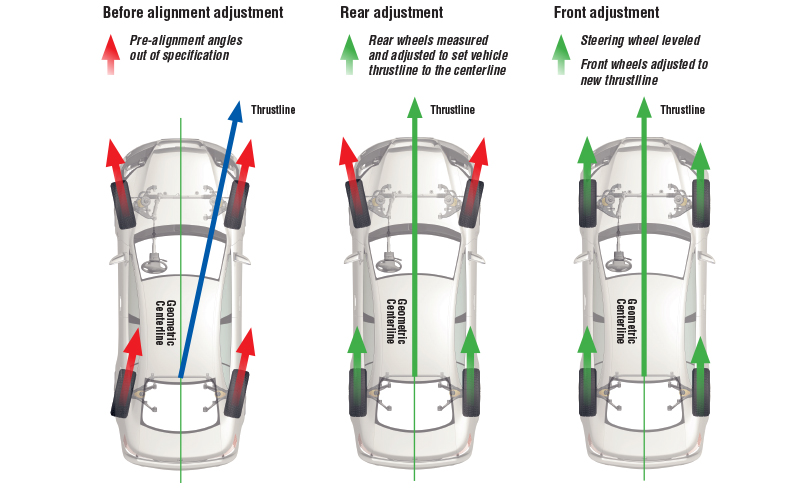Most gearheads comprehend the fundamental definitions of caster, camber, along with toe, but with regards to actually measure or setting these wheel alignment specifications, the simple solution is to bring the vehicle to a pro shop. For cruisers where a position is a set-it and forget-it proposal, which is likely OK. However if you enjoy the fulfillment of knowing how to DIY, or if you expect to be doing enough alignment changes that taking your vehicle to a shop each time will be expensive and impractical, you will reap the benefits of adding alignment abilities to your mental toolbox. Auto Alignment Clarified – Aligning an auto might look like one of those voodoo sciences which makes no sense if you have never really seen it done, but as we learned by doing in planning this article, the process is truly rather clear-cut if approached rationally.
Even when you aren’t racing, having all of your car wheels pointed in the right directions is just never a bad idea, and you might be amazed at how far better your vehicle drives after being aligned, let alone the fact that the tires will likely last longer when you understand how to do your very own alignments. Scaling Suggestions Constantly measure cross weights with the vehicle in race ready condition with all fluids complete and driver weight accounted for. Develop a sedimentation routine to use after every weight modification, both by rolling the vehicle back and forth on the scales or jouncing the suspension.

Verify your procedure by evaluating the vehicle, jacking up one corner, along with rechecking the corner weights after deciding. Only actually moving or adding weight can change the submission inside the vehicle. Your First Alignment – With a few patience, it is actually very easy and inexpensive to place your wheel alignment at home. Refer to the previous section on scale and cross weighting to understand how to level all of your wheel pads before you start your alignment. Camber: their education of deviation between the top edge of the tire along with a real vertical line running through center of the wheel. Excessive camber leads to accelerated wear on the interior or external shoulders of the tires, but most street vehicles can benefit from up to 1-1.5 degrees of negative camber.
Comments
0 comments
